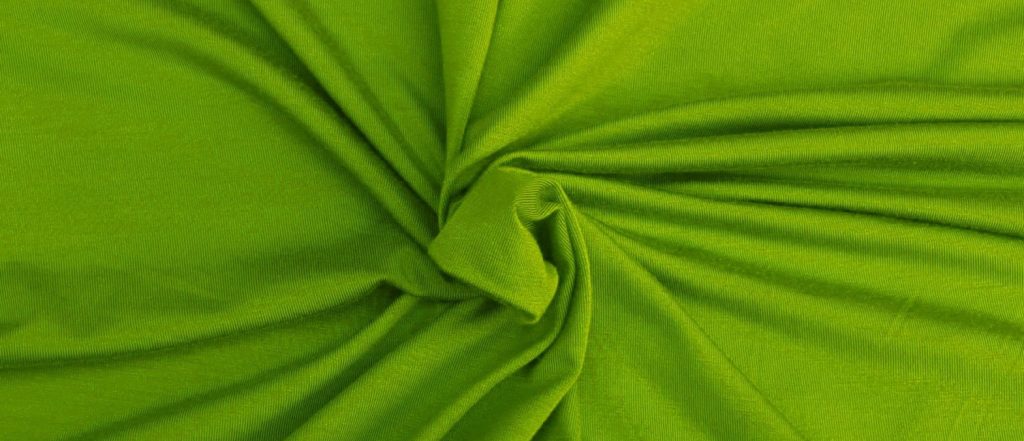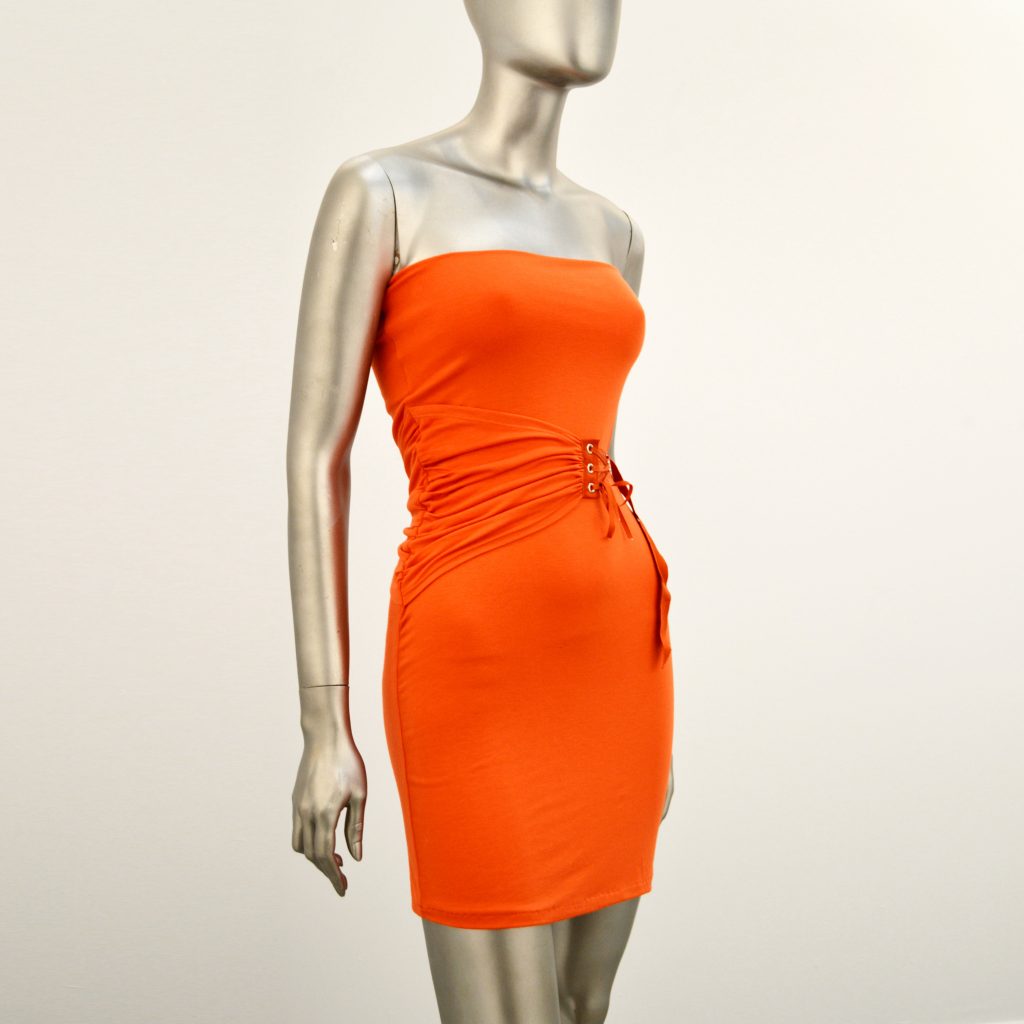What's the What on MicroModal?
by Stacy Williams
Hi Y'all,
I invited you to email me your questions and you listened! Lol, I have been getting a ton of emails; with a number of them having to do with why various fabrics are considered eco-friendly and sustainable. One of the fabrics on that list is Modal and MicroModal. So today we will explore what MicroModal is, how it’s made, and why is it so awesome.

So first, what is Modal and how is it made? Modal is derived from the inner pulp of beech trees. All processing is done in accordance with strict environmental standards including chemical free spinning and dyeing, rainwater for growth, and produces no toxic discharge. Additionally, Modal does not take away valuable land for growing food as it is a naturally occurring plant.
One kilogram of beech pulp makes approximately one kilogram of Modal (a yield that is 10 times higher than raw cotton). The tree will grow naturally on less than perfect land and reproduce itself without any human interaction, meaning there is no replanting required.

How does Modal impact the environment? The environmental footprint of Modal is a positive one – it’s carbon-neutral, requires less land per ton than cotton fibers and has a water consumption level that’s ten to twenty times less than that of cotton. Also, Modal is created with an innovative environmental processes that allows for the manufacturer to recover up to 95% of production waste, minimize emissions, and conserve resources.
Unlike fully synthetic fibers, Modal is biodegradable. This means, any clothing made with Modal will return to the earth in your lifetime (but not, of course during your wearing of the product), whereas synthetic products like Polyester, made from petroleum, take a couple of hundred years to break down.
Then what’s the difference between Modal and MicroModal? Both Modal and Micro Modal are made from beech tree pulp. Modal is famous for being silky to the touch and finely knit; the fabrics are opaque and feel soft like your second skin. Micro Modal is more finely knit and uses a finer ground cellulosic fiber allowing for a denser concentration of fibers in a single garment without adding weight, and all that makes Micro Modal even sleeker than Modal.
Why are Modal and MicroModal awesome? Both are breathable, silky smooth to the touch, and is around 50% more water-absorbent than cotton. There for great to wear in hot sticky climates! It also wicks away water from the body better than cotton. Boasting similar properties to other cellulose fibers, it’s designed to absorb the dye and stay colorfast when washed in warm water.

So, Modal will look new longer than other fabrics. Garments made from Modal will have no worries of fading from either detergent or sun. Sun bleaching, color bleeding, and staining will never be a problem. Even with repeated washing, the plant fibers in Modal will stay strong and the color vibrant.
Modal is naturally anti-bacterial and hypoallergenic. It is made with natural pigments and chemical-free dyes. Colors stay bright and concentrated deep within the fibers while being gentle to your skin. There are no harsh chemicals within the yarn. There for even with prolonged wear you won’t be subject to any rashes or irritation.
Modal is shrink and wrinkle resistant. Meaning it is the perfect travel fabric. The fibers are strong and resilient, and will always maintain shape. With proper flat drying, Modal will never shrink or need to be pulled back into shape. It is resistant to wrinkling even with multiple washes. Modal will not crease or ever need to be ironed.
When choosing Modal or Micro Modal fabrics, it is easy to notice the softness over that of synthetic blends. Just like the difference between acetate and silk, same can be felt for Modal and cotton fabrics. This has also made Modal popular for uses in lingerie, sleep or loungewear, as well as baby clothing. However, because of its wonderful properties I don't feel that it should be hidden under your clothing as undergarments but used as your main garment!
I hope that you now love Modal and MicroModal as much as I do! Be on the look out for more of this fabric to come in future collections. Next week I will tell you about my next favorite fabric, Bamboo. Much love, Stacy

Stacy Williams is the owner and designer of the Aesthetik. After many years of working in the NYC fashion industry, she relocated back to her home state of Texas and is now a professor of fashion. She lives in a quiet Houston suburb with her husband, a naked dog, a buff colored tabby cat, and lots of plants.


